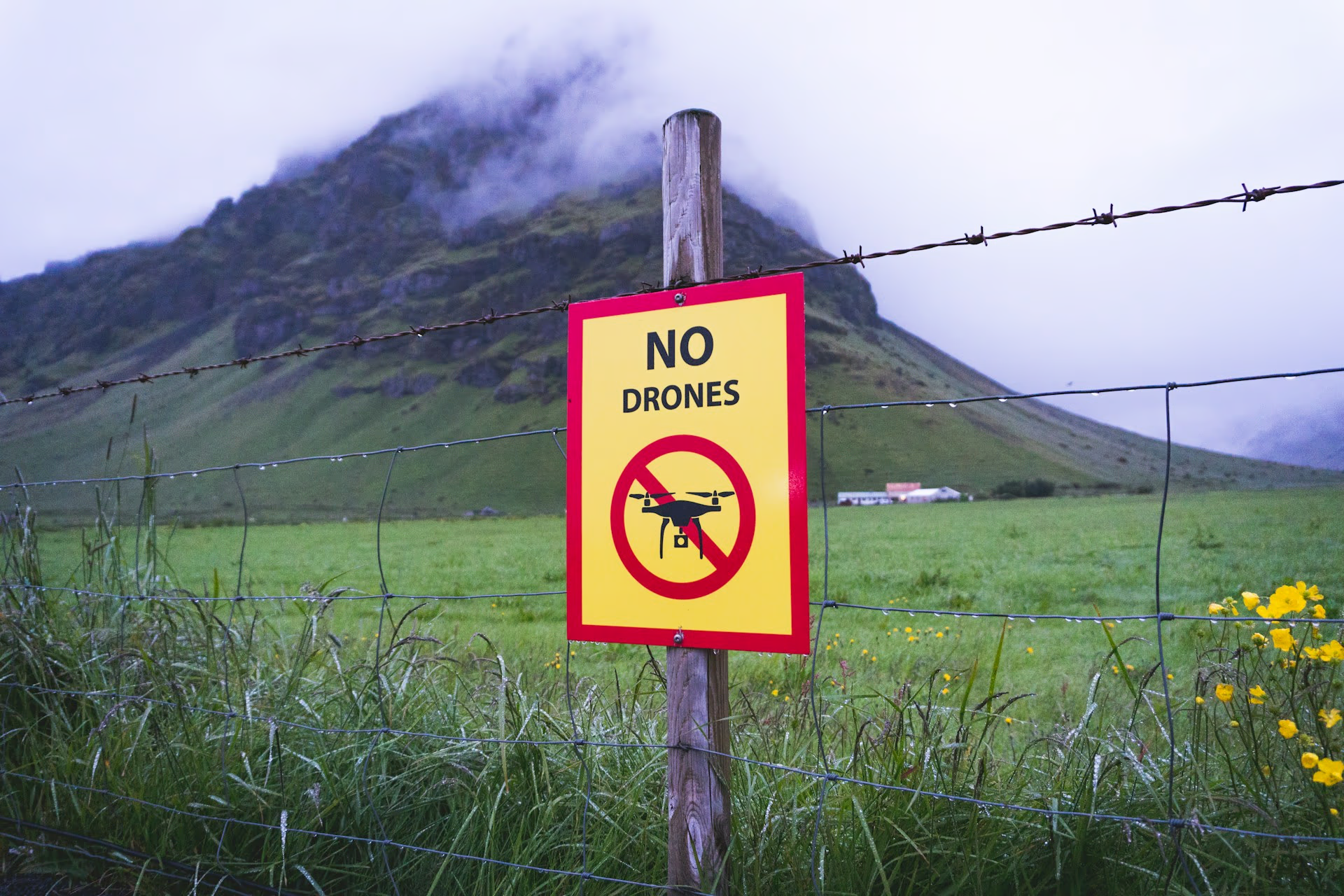Wherever your journey takes you, good manners always travel well. Whether you’re strolling through a night market in Bangkok or hiking the hills of Tuscany, being a mindful and respectful traveler makes the experience better for everyone. Here are ten travel etiquette rules that help you blend in, avoid awkward moments, and build more meaningful connections on the road.
1. Learn a few words of the local language
Even if it’s just “hello,” “please,” or “thank you,” trying to speak a few words shows genuine respect. Locals often appreciate the effort and may even respond with a smile or offer help. Don’t worry about getting it perfect, just show that you’re trying.
2. Dress respectfully, not just comfortably
Check local dress norms before you pack. In some countries, showing too much skin can be offensive, especially in religious sites. Covering shoulders and knees in temples, mosques, or churches is often expected. Dressing appropriately shows cultural sensitivity and helps you feel more welcome.

3. Respect personal space and body language
What feels normal at home might be uncomfortable elsewhere. In Japan, people value distance, while in Italy or Spain, physical closeness feels natural. Observe the locals and adapt your behavior to match theirs. It’s a simple way to show awareness and respect.
Before traveling, check resources like Culture Crossing to better understand how to behave in each country
4. Always ask before taking photos of people
It’s tempting to capture everything, but photographing someone without asking can feel intrusive. A smile and a polite gesture toward your camera usually do the trick. Many people will happily agree, especially if you engage them first.
5. Keep the volume down
You may be used to loud conversations or calls in public, but not all cultures tolerate noise the same way. On public transport, in museums, or restaurants, keeping your voice low shows consideration. It also helps you blend in rather than stand out.
6. Know which hand to use
In some cultures, the left hand is considered unclean. In places like India, parts of the Middle East, and Africa, always use your right hand for eating or handing something to someone. It’s a small habit that makes a big difference in showing respect.
7. Tipping isn’t universal, but doing your research is
In the US, tipping is expected, while in Japan it may be considered rude. Some countries include service charges automatically. Before you go, check the local norm. It saves confusion and avoids unintentionally offending your hosts.
8. Take only photos, leave only footprints
Respect for the environment is part of good travel behavior. Avoid littering, don’t touch wildlife, and be mindful of your ecological impact. Supporting eco-friendly tours and local businesses helps preserve the places you love to visit.

9. If you’re unsure, just ask
No one expects you to know every custom, but asking shows you care. Most locals are happy to explain traditions or offer guidance if you approach them with curiosity and humility. It can lead to conversations that enrich your travel experience.
10. Be present, not just online
It’s easy to get caught up in taking photos or checking social media, but the real magic of travel happens when you look up and engage. Put down the phone, take in the smells, the sounds, the people around you. These are the moments that stay with you.
Final thoughts
Traveling with etiquette means showing up with respect, awareness, and a little bit of curiosity. These simple rules don’t just help you avoid awkward situations, they help you connect—deeply and genuinely—with the world.

